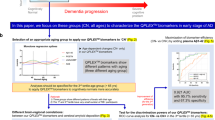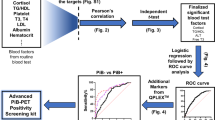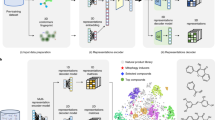Abstract
Commercially available medicinal plant extracts such as Ginkgo biloba leaf extract show no consistent pattern of clinical benefit for people with dementia or cognitive impairment, and have been suggested to be toxic to cells at higher doses. However, medicinal plants may contain other more efficient bioactive molecules apart from the well-known flavonoids and terpenoids. Therapeutic recombinant proteins, plant-made copper chaperone for superoxide dismutase (CCS) derived from Ginkgo biloba leaves, may establish and maintain physiologic Cu levels through restoration and modulation of biometal metabolism in organ systems of younger Alzheimer patients (> 50 years). Medications developed from plant-made copper chaperone proteins may delay progression during early disease stages or even be a basis for a possible causal treatment of preclinical stages of Alzheimer’s disease by preventing formation of A β plaques in the brain, a major putative factor involved in Alzheimer’s disease pathogenesis.
Similar content being viewed by others
Article PDF
Author information
Authors and Affiliations
Corresponding author
Rights and permissions
About this article
Cite this article
Kastenholz, B., Horst, B. & Horst, J. Can Plant-Made Copper Chaperones Heal Early Alzheimer’s Disease?. Nat Prec (2011). https://doi.org/10.1038/npre.2011.5907.8
Received:
Accepted:
Published:
DOI: https://doi.org/10.1038/npre.2011.5907.8



